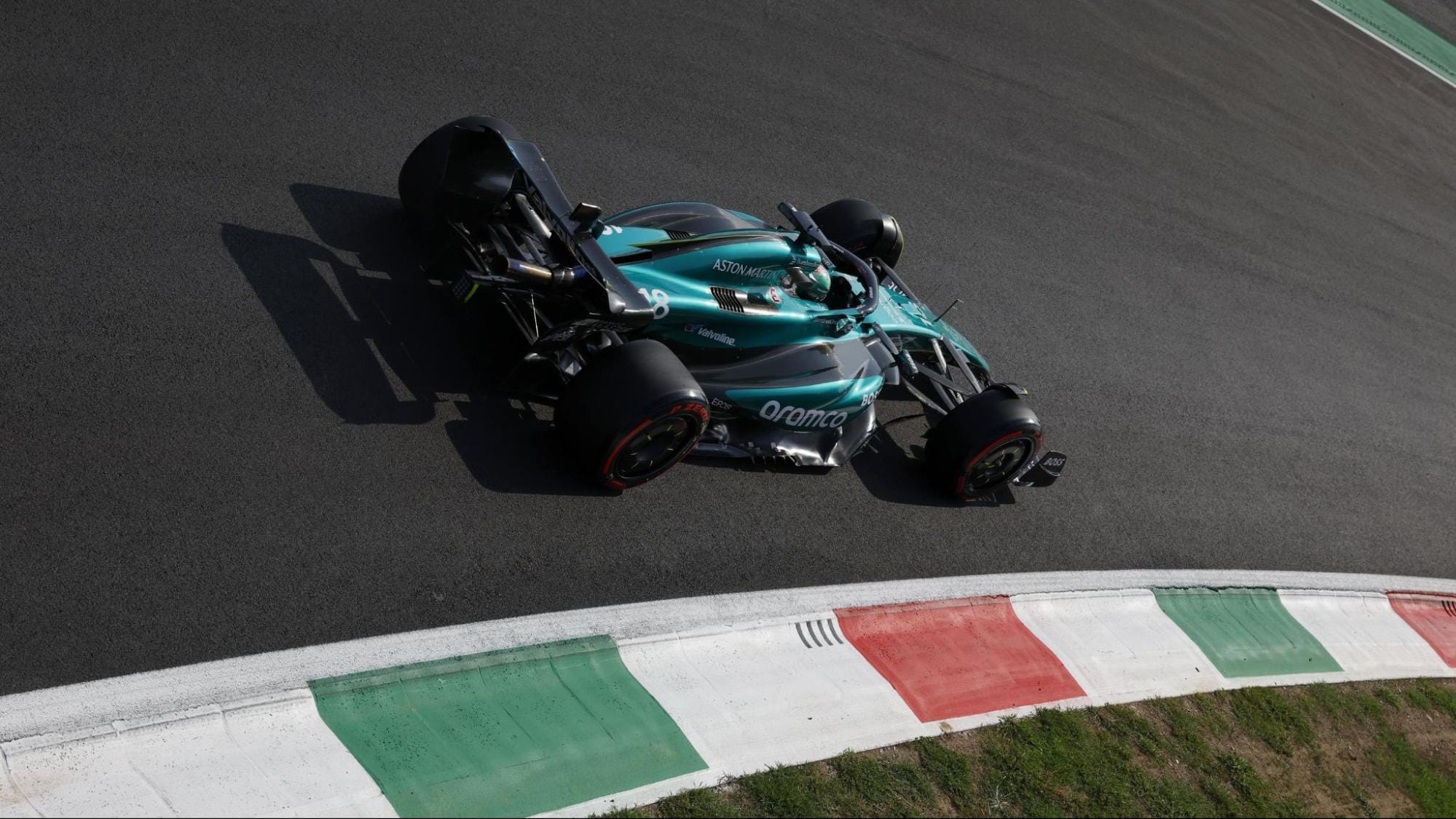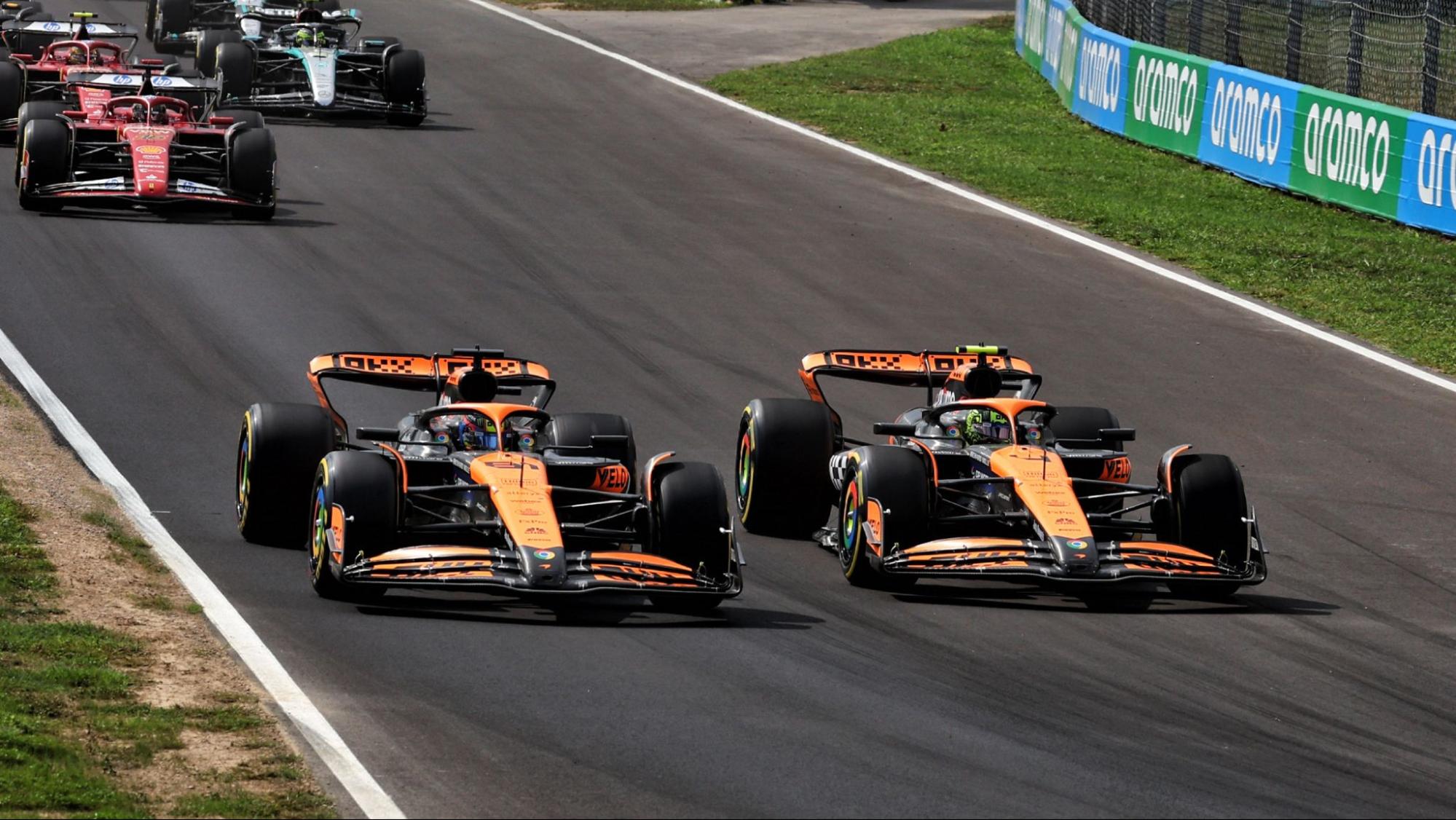Event
The Formula 1 engineer's guide to the 2025 Singapore Grand Prix at Marina Bay
by Raceteq
5min read
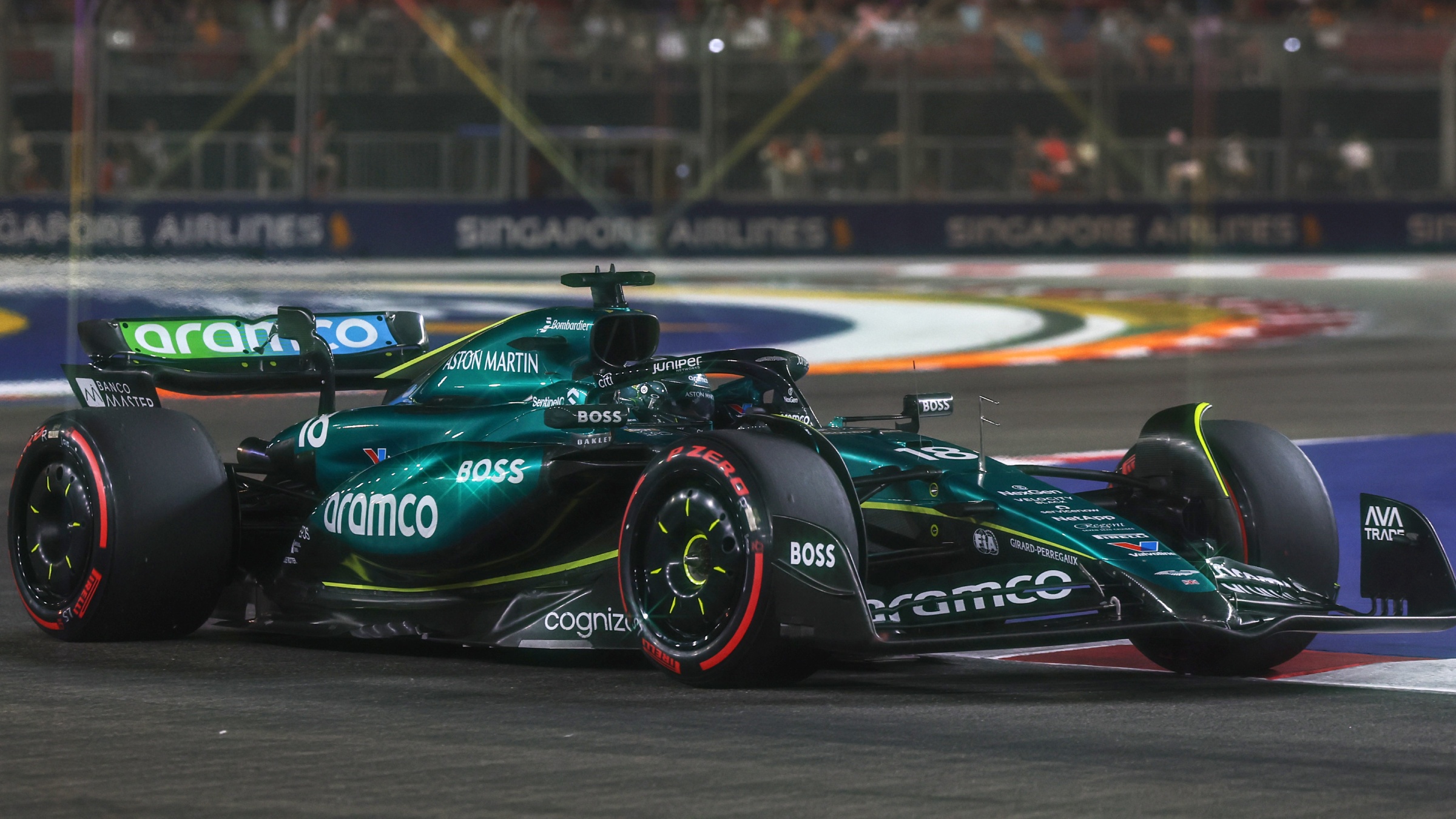
Formula 1 returns to night racing with the 2025 Singapore Grand Prix in the spectacular setting of the Marina Bay Street Circuit.
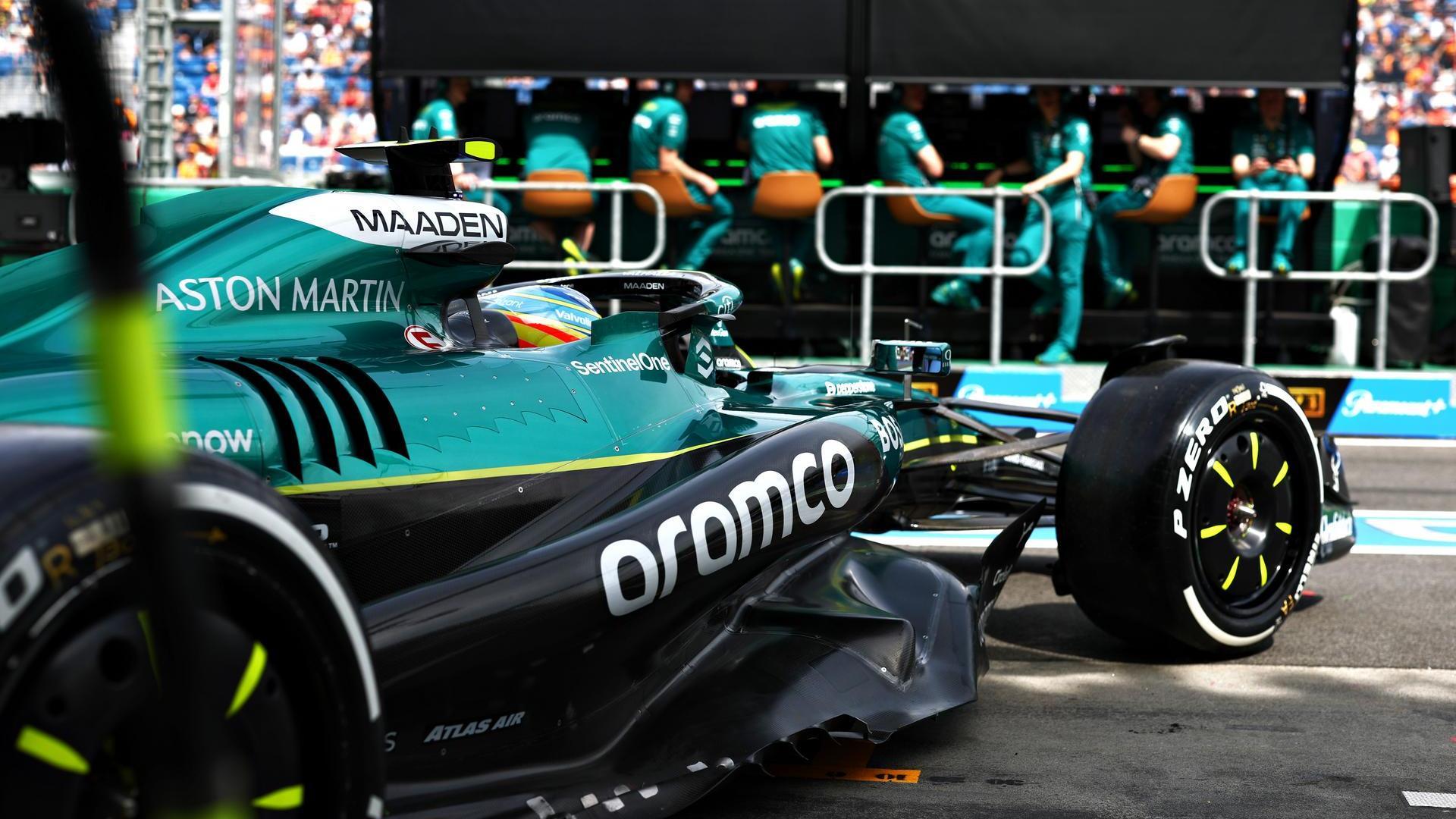
Sign up for a newsletter and we'll make sure you're fully up-to-date in the world of race technology
This circuit comprises 19 corners, many of which come in quick succession, and three straights on which the drag reduction system (DRS) is available for use.
Pirelli's tyre selection is the same as in 2024, with the C3 as the hard, the C4 as the medium, and the C5 as the soft. These compounds are on the harder side of Pirelli's range, accounting for higher-than-average tyre wear in Singapore.
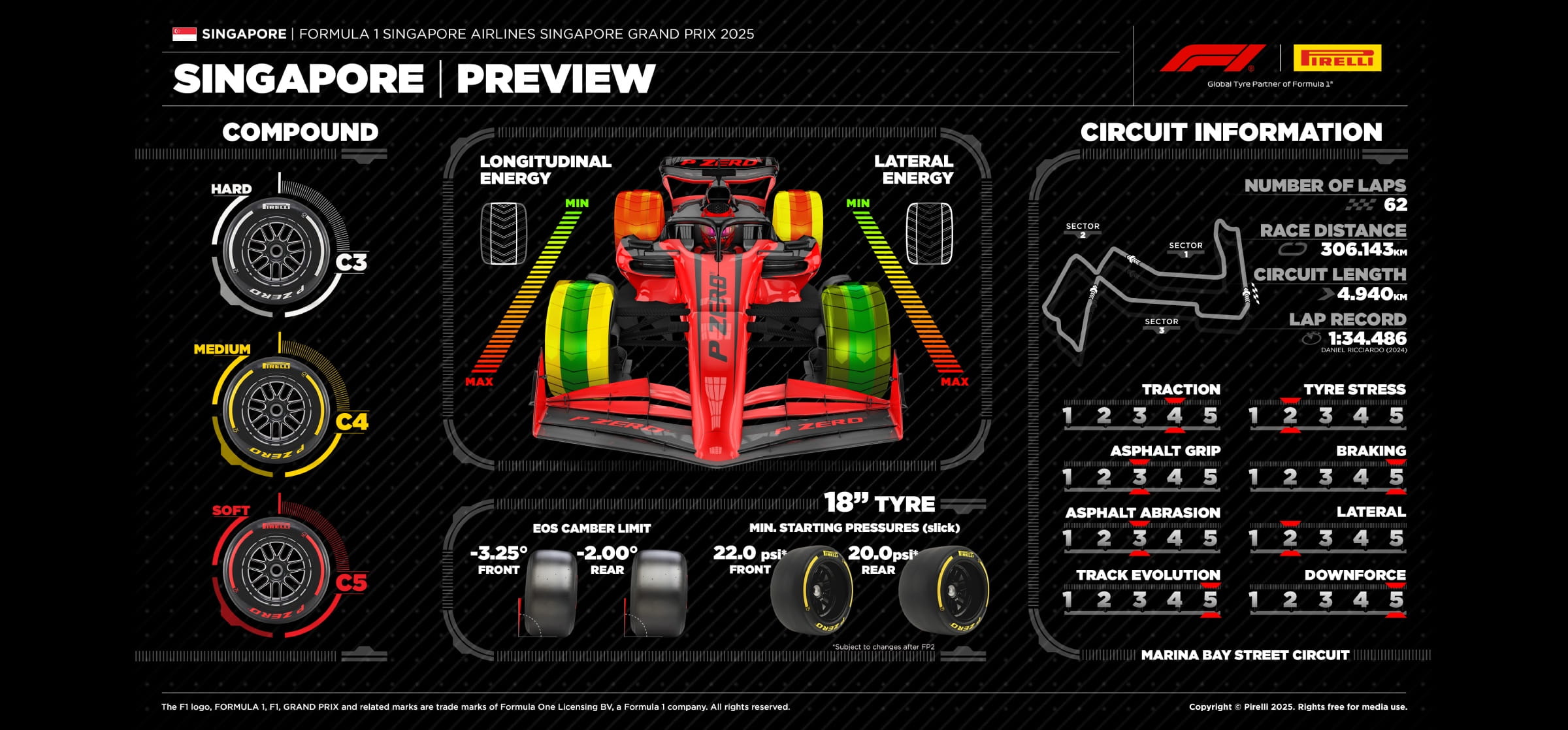
Pirelli’s infographic for the 2025 Singapore Grand Prix
Hot and humid conditions, plus tight confines and little room for error, make this one of the toughest weekends of the season for drivers. Engineers, meanwhile, have to contend with changing conditions and the prospect of track evolution.
Aston Martin Aramco Formula 1 Team deputy performance director Tim Wright explains the concept of track evolution and the various engineering demands and challenges of Marina Bay.
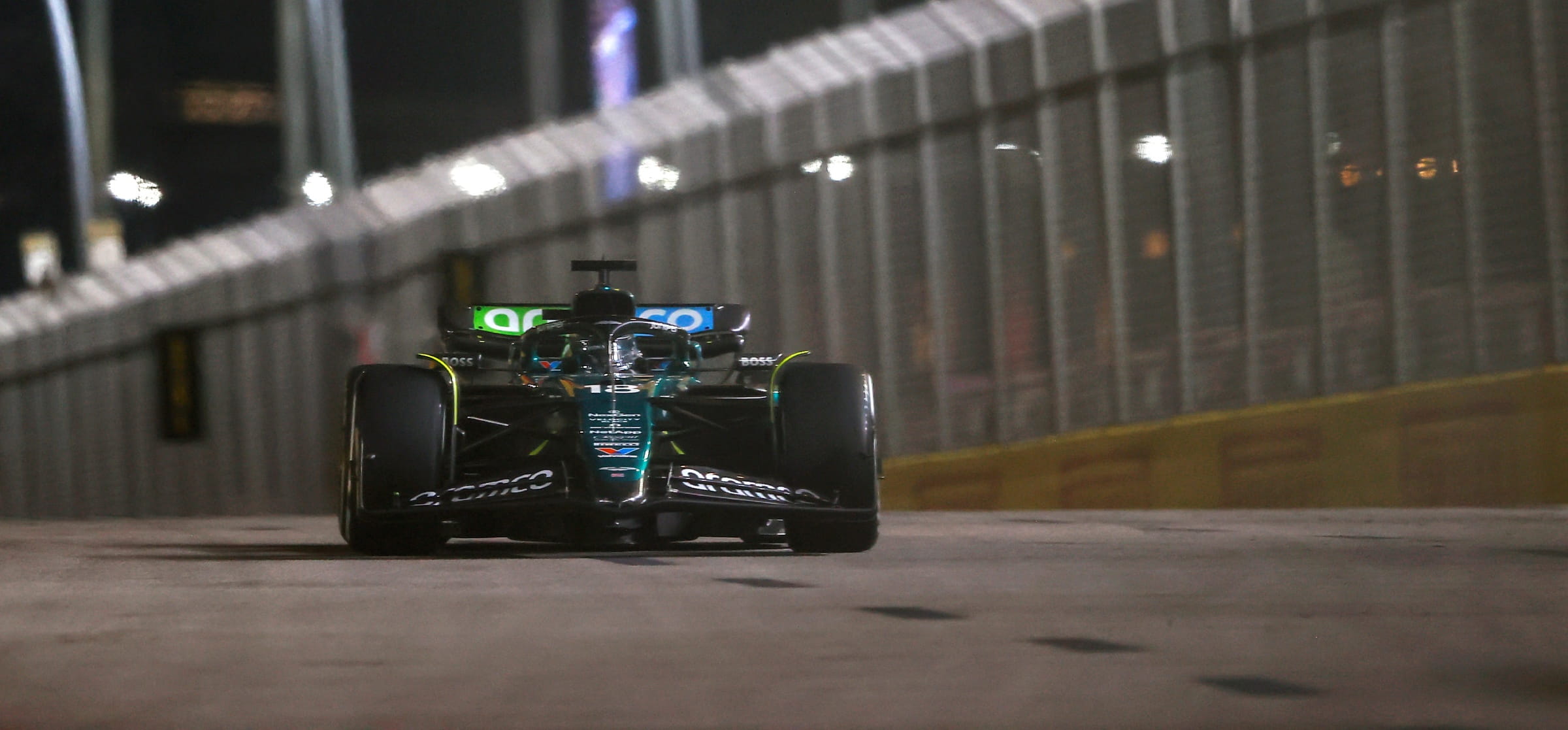
The race in Singapore takes place at night but temperatures are still high and conditions are humid
Marina Bay Street Circuit, Singapore
Length: 4.94 kilometres
Number of laps: 62
Number of turns: 19
Tim Wright: "There are three straights at Marina Bay, but the numerous corners mean this is a maximum-downforce street circuit. That means teams will apply the largest rear wings and front wings they have.
"Track evolution is the biggest factor teams have to cope with. This isn't a permanent circuit with racing cars shedding rubber on the surface all year round, which means grip levels will increase dramatically from session to session as the F1 Academy, Porsches, and F1 cars run on the track.
"Track evolution will mean that grip will peak at the end of every qualifying session, which means drivers will want to set their laps as late as possible in Q1, Q2 and Q3. As this is a street circuit and overtaking isn't as easy as on other tracks, qualifying is key.
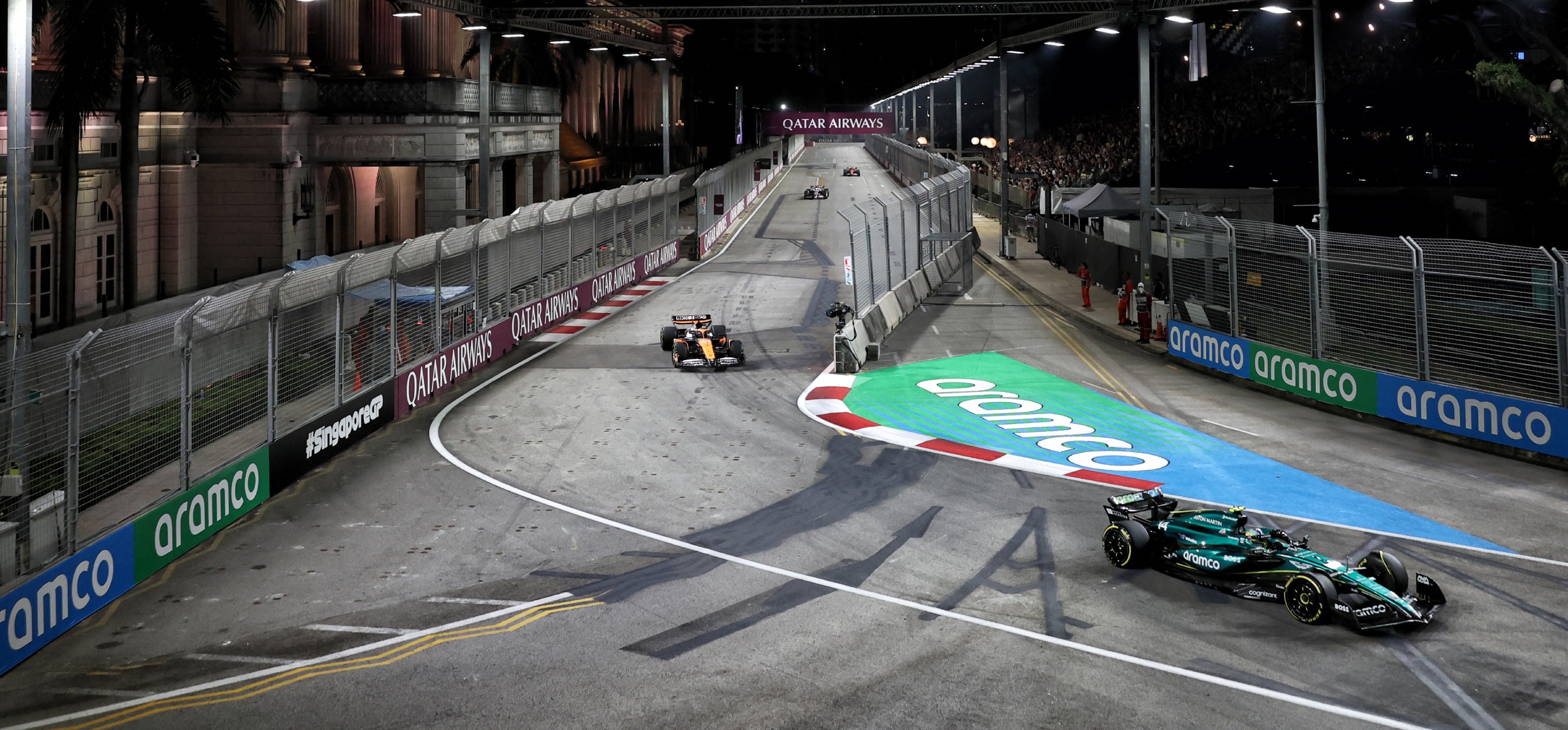
Marina Bay’s layout is characterised by short straights followed by hard braking zones
"It's like Monaco, but the cornering speeds are slightly higher and it's a little bit flatter.
"For drivers, there are some bits that are really challenging like the opening chicane [Turns 1 to 4] and the winding section from Turns 10 to 12.
"Like other street circuits, such as Monaco and Baku, the set-up decisions are made for engineers here - it's a high-downforce track."
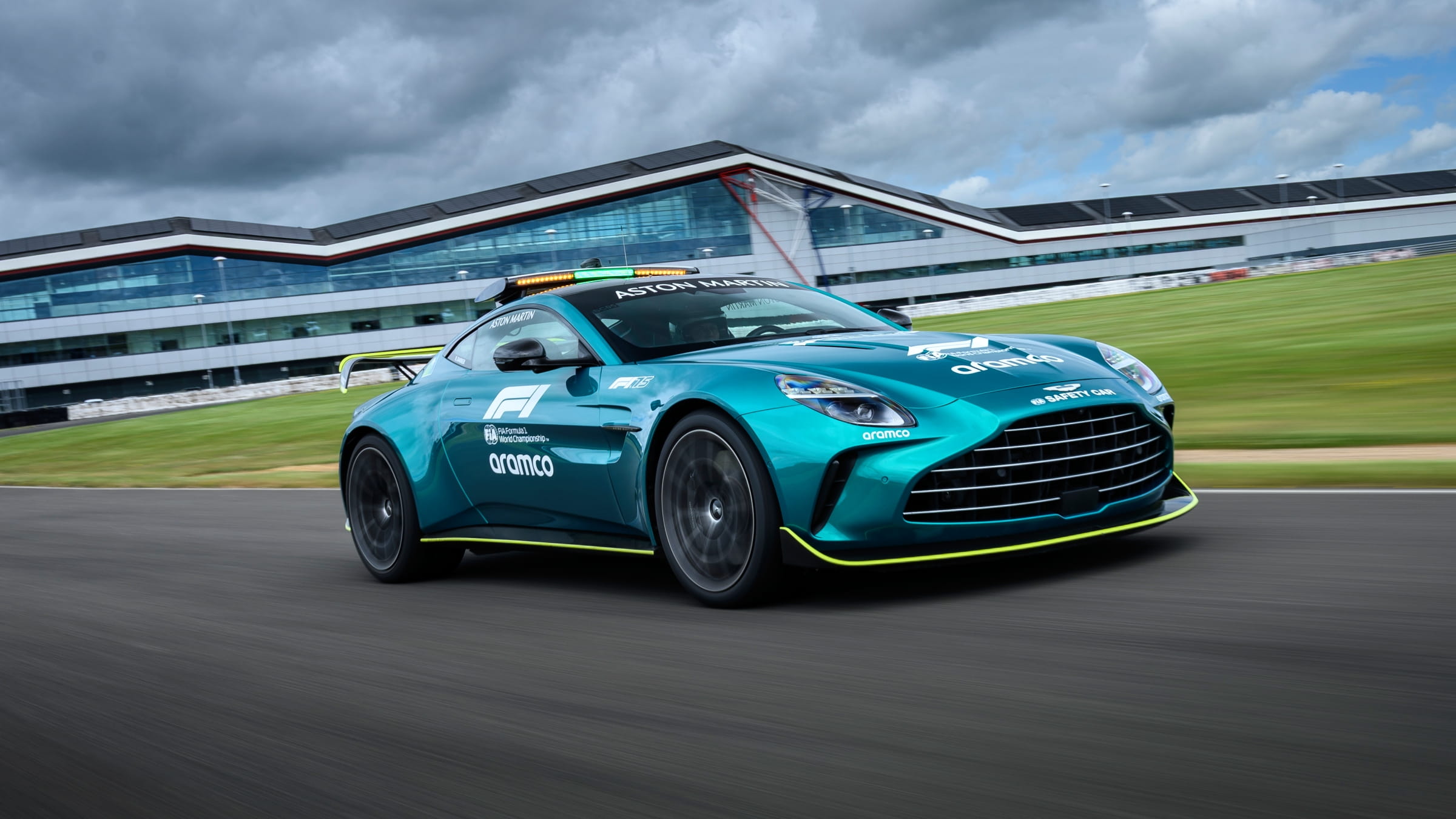
.jpg?cx=0.5&cy=0.5)
